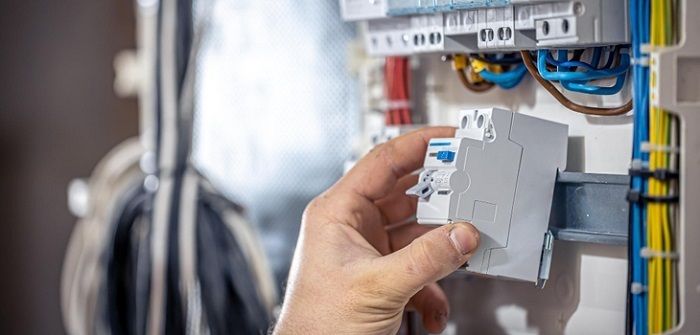How Can I Optimize Electrical Panel Assembly for Future Upgrades and Expansions
Proper planning during the electrical panel assembly is essential for accommodating future upgrades and expansions. Without a structured approach, making later adjustments can become difficult, time-consuming, and costly. Therefore, setting up the assembly with foresight allows for smooth modifications whenever new demands arise. Let us explore in detail how you can optimize electrical panel assembly for future needs.
Optimizing Electrical Panel Assembly for Future Upgrades and Expansions
Plan for Extra Capacity
The first step in preparing an electrical panel for future upgrades is allocating additional capacity. When selecting breakers and components, it is important to think beyond the current requirements. By allowing extra space in the layout and choosing a panel with a higher amperage rating than presently needed, you leave room for additional circuits or heavier loads later on.
Also, using wire sizes that can handle higher currents can eliminate the need to rewire sections during an upgrade. This proactive approach provides flexibility and reduces the impact of changes down the line.
Organize Internal Layout Thoughtfully
An organized internal structure plays a major role in maintaining a serviceable panel over the long term. Cables must be neatly routed and secured to prevent tangling and confusion during future work. Grouping wires by function and labeling each one accurately makes it easier to trace circuits and diagnose problems.
Leaving open spaces and avoiding crowding within the panel creates a more accessible environment. Technicians will find it much easier to add new circuits, replace breakers, or reroute connections if the internal layout remains clear and methodical.
Use Modular Components
Incorporating modular components during the Montaje de cuadros eléctricos supports adaptability. Modular systems allow sections to be swapped out, upgraded, or expanded without major disruptions. Devices such as modular circuit breakers, busbars, and communication interfaces offer greater flexibility in panel management.
Choosing a modular design simplifies future expansions because additional modules can often be added directly to the existing assembly without significant reconfiguration.
Install Accessible Conduits and Entry Points
During the initial assembly, it is important to create multiple accessible entry points for future wiring needs. Installing additional conduits or leaving knockouts available will save significant time and labor in the future. Without sufficient access points, adding new circuits might require extensive modifications to the panel or surrounding infrastructure.
Pre-installed conduits also allow for cleaner expansions, helping to maintain the neatness and organization of the setup over time.
Label Everything Clearly
Accurate and durable labeling is essential for optimizing a panel for future upgrades. Each breaker, relay, cable, and component should have a label that clearly identifies its purpose and destination.
Good labeling allows technicians to understand the panel at a glance without having to trace circuits manually. It also reduces the chance of errors when adding new loads or modifying existing systems.
Using engraved tags, printed adhesive labels, or laser-etched markers provides long-lasting clarity even in environments exposed to heat, moisture, or dust.
Conclusion
Optimizing an electrical panel assembly for future upgrades involves strategic planning, thoughtful organization, and an eye for long-term requirements. By considering additional capacity, modular design, accessible conduits, and accurate labeling during the assembly, you create a system that can adapt to future demands efficiently. Through careful initial setup and consistent documentation, you can maintain a functional, expandable panel that will serve its purpose effectively for years to come.
